![]()
With the Pixel 6a and Nothing Phone 1 making their way to people’s pockets this month, there’s certainly been a lot of discussion (and heated debates) online about which phone provides better overall value. Nothing’s debut device has certainly done its part to differentiate itself from the rest of the mid-range Android competition by offering a different look and design approach, while Google’s Pixel 6a carries on the tradition of offering Pixel software and hardware features at a more affordable price.
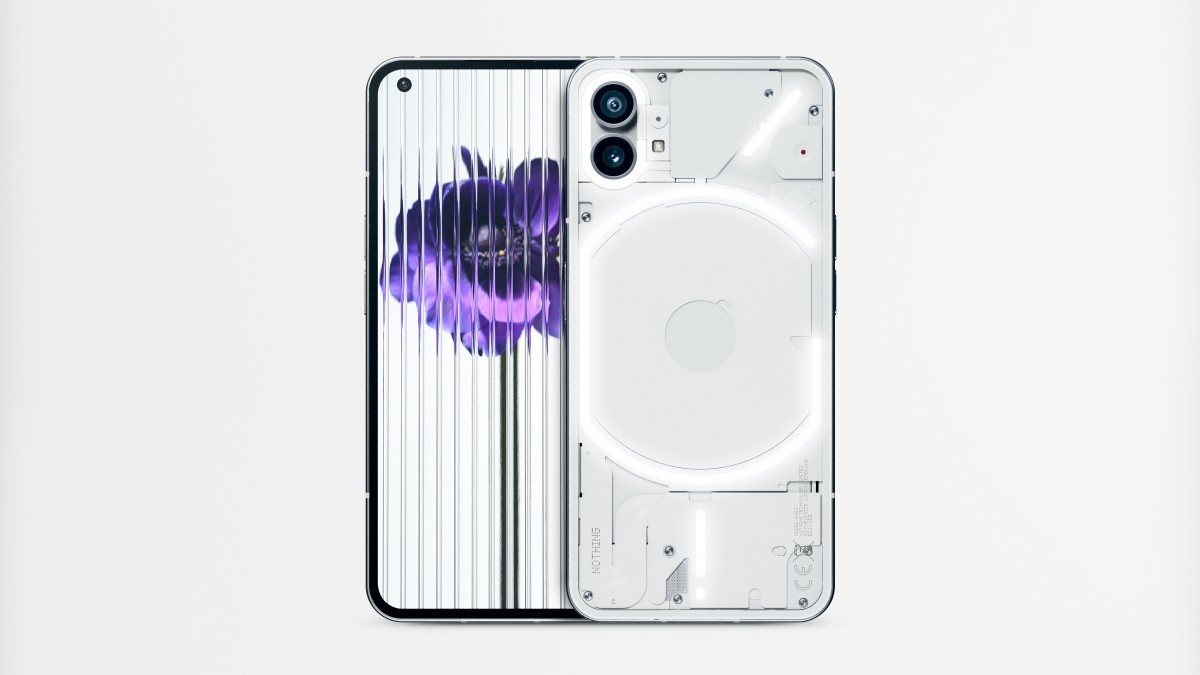
As such, both devices fall into similar price brackets, with the Pixel 6a going for $449/£399, and the Phone 1 priced at £399. On paper, the Nothing Phone 1 has the Pixel 6a beat in some areas such as display quality and megapixel count for example, but there are some aspects where the Pixel 6a manages to shine. With that said, you might be leaning towards getting Google’s wallet-friendly smartphone, and we’re here to highlight some key points as to why this might be the more logical choice for you, especially if you’re looking for a phone that can serve you well in the long run. Let’s take a look.
Processing Power

One of the biggest advantages of getting the Pixel 6a is that Google has equipped the phone with its new Google Tensor chipset, the same flagship-grade chip found inside the Google Pixel 6 and Pixel 6 Pro from last year. While previous Pixel A-series devices made use of mid-range Qualcomm Snapdragon SoCs, Google has seen fit to put its high-end processor inside the new mid-ranger.
This means a drastic boost in performance compared to older Pixel A models, which should no doubt be ideal for day-to-day usage like web browsing, social media use, and even gaming. By comparison, this outshines the Nothing Phone 1’s Snapdragon 778+ 5G chip. While it is by no means a poorly-performing SoC, it is a step down below the company’s Snapdragon 8-series chips, which are usually the ones tested against the Tensor.
Pixel-Exclusive Software
![]()
Another perk in getting the Pixel 6a would be access to Google’s exclusive software features and apps. While Google does release features that are made available to all Android devices across different brands and models, the company nevertheless keeps some of its best software offerings exclusive to its own smartphones.
Features like real-time voice typing, Magic Eraser, Direct my Call, Now Playing, and even Google’s own audio recorder app to name a few are great features with impressive implementation and usability, adding a ton of value to the Pixel 6a that transcends mere hardware components. Add in long-term monthly and yearly software updates, and you’ve got a well-optimized handset that features the best of what Google has to offer.
Computational Photography
![]()
While the Pixel 6a’s cameras come with less megapixels in comparison to the dual 50 MP shooters on the back of the Nothing Phone 1, Google makes up greatly for this by including its ever-popular camera software on the phone. The Pixel devices have always been known for their amazing computational photography, and the 6a continues this proud tradition.
That’s not to say that the Phone 1 has terrible cameras – they’re actually impressive – but Google’s grasp on simple point-and-shoot mobile photography, and its way of going about features such as portrait mode and lowlight night shots is a tried-and-tested affair, built on years of experience with different devices, camera configurations, and such.
Regional Availability, Final Thoughts
When it comes down to availability, the Pixel 6a will be a bit easier to find – especially if you’re in the US – since Google has released it in more regions this time around, unlike the Pixel 5a’s limited US-Japan launch. It should also be said that the Nothing Phone 1 won’t be available in the USA, so you’ll have to pay extra for import fees in case you want to purchase one from UK or Europe-based retailers, which will undoubtedly bring up the overall asking price.
Ultimately, Pixel fans and enthusiasts will find a lot to love about Google’s new mid-ranger, and folks wanting to try out something new might lean towards the Nothing Phone 1 instead. With that said, it all boils down to whether or not you’re after Google’s Pixel-exclusive features, or Nothing’s new approach to smartphone hardware.

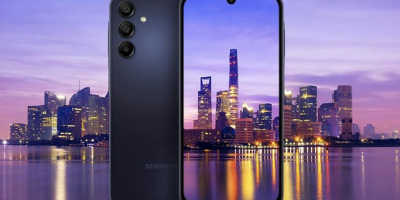
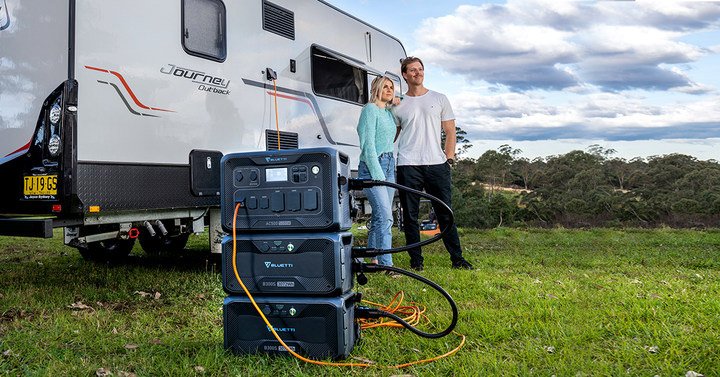

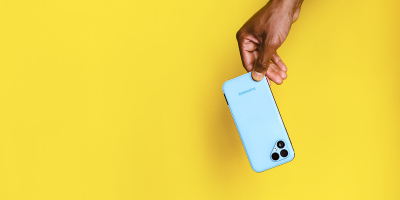


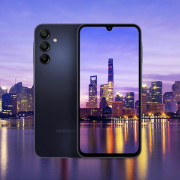

Comments